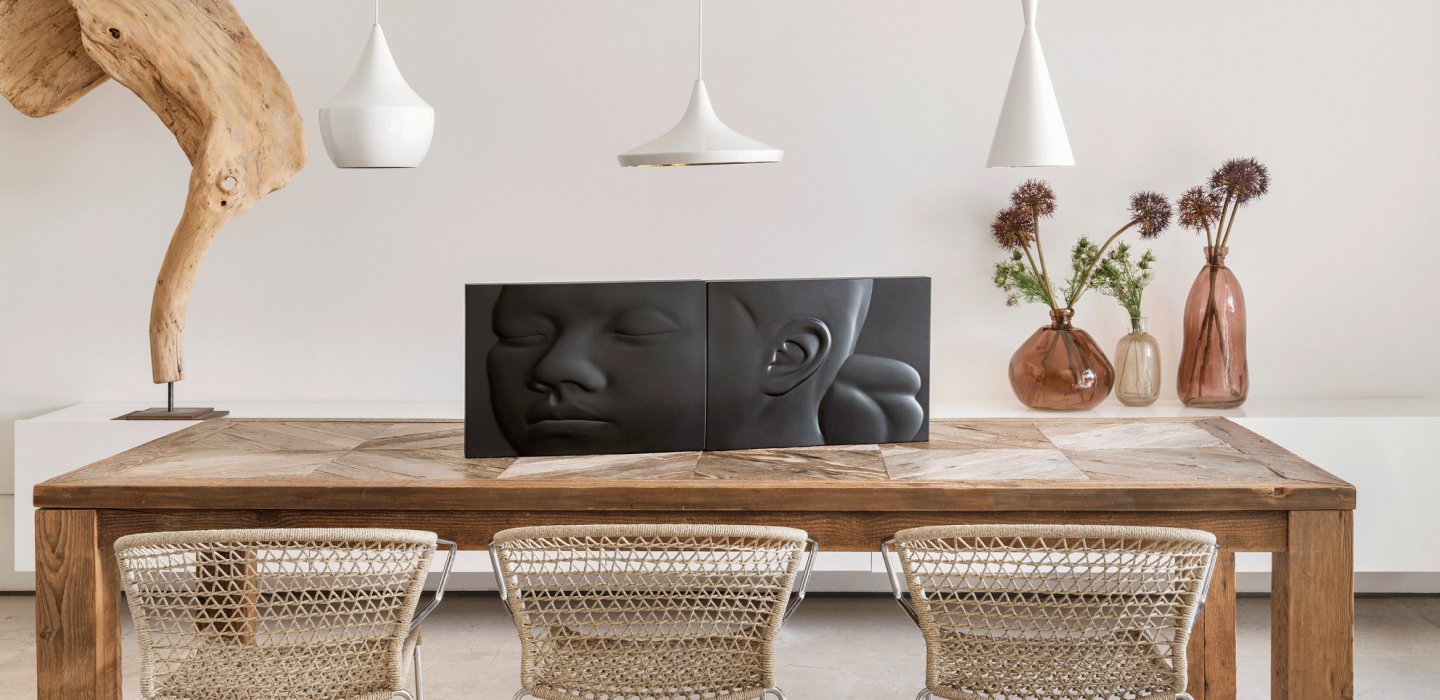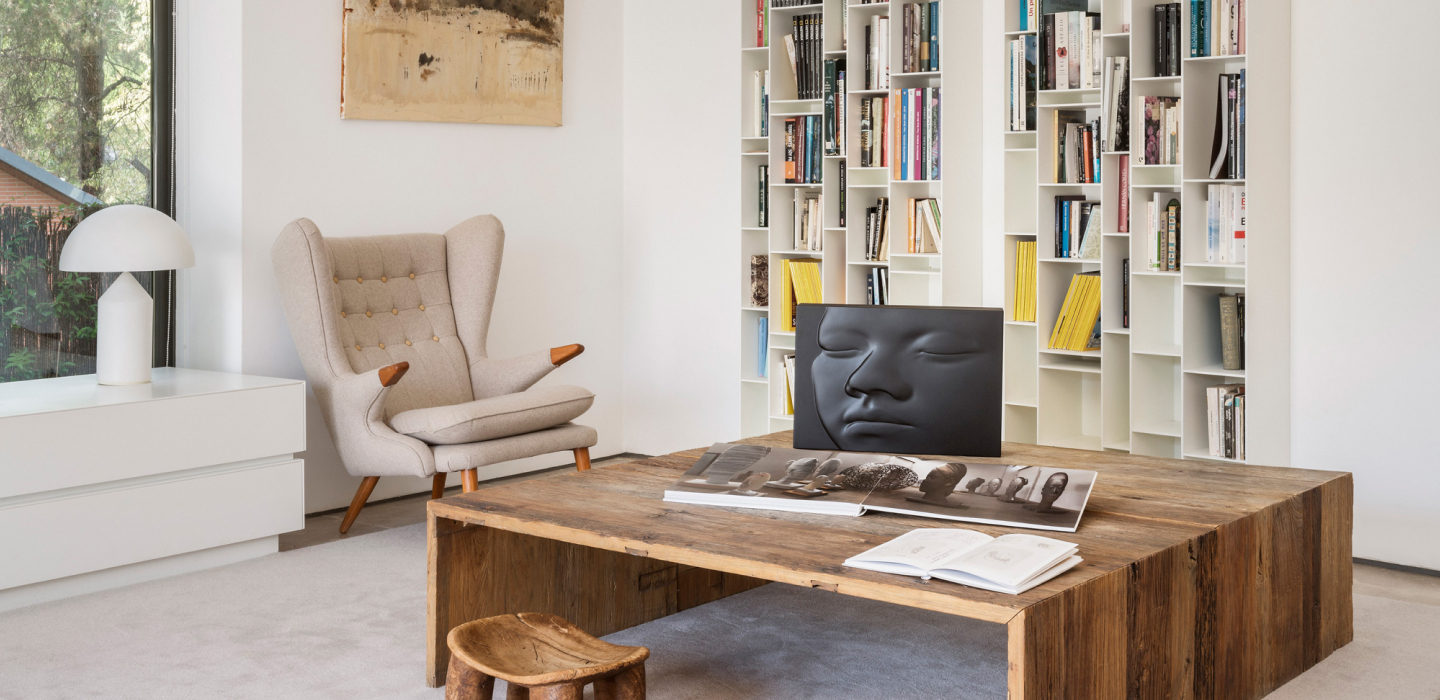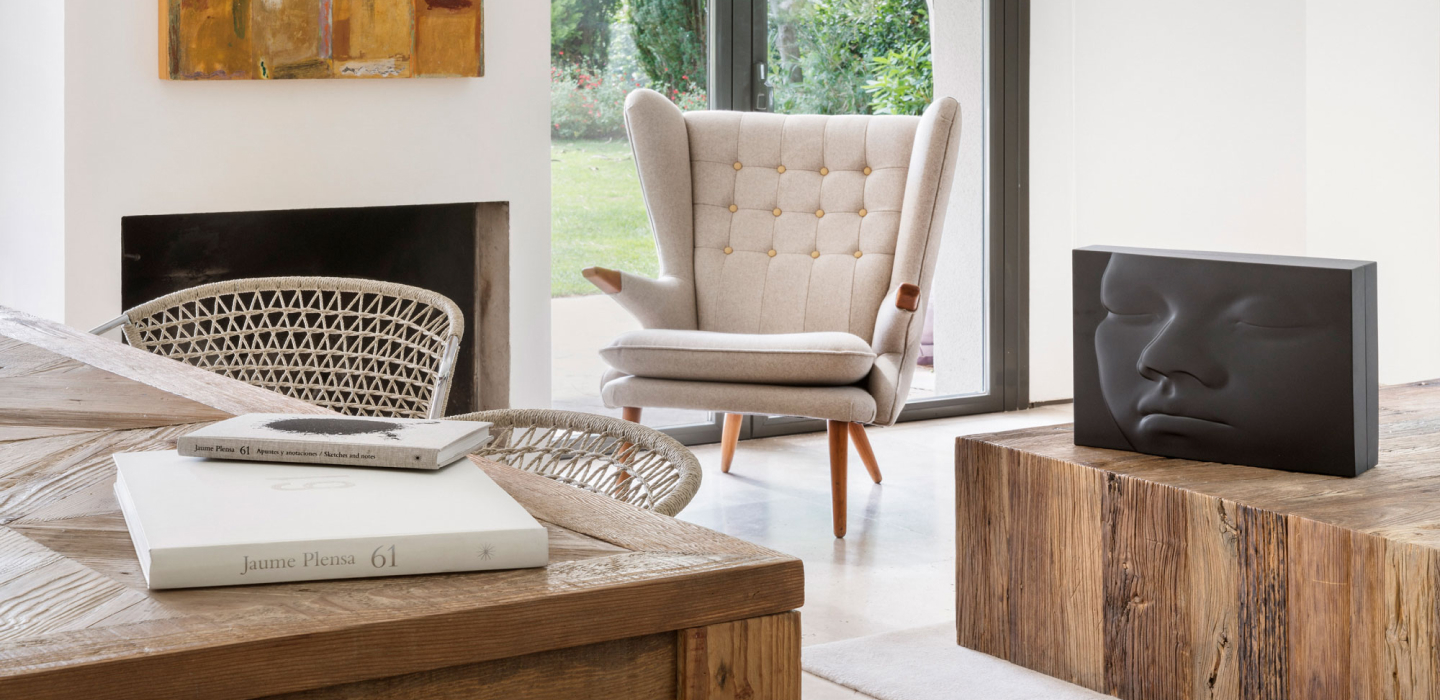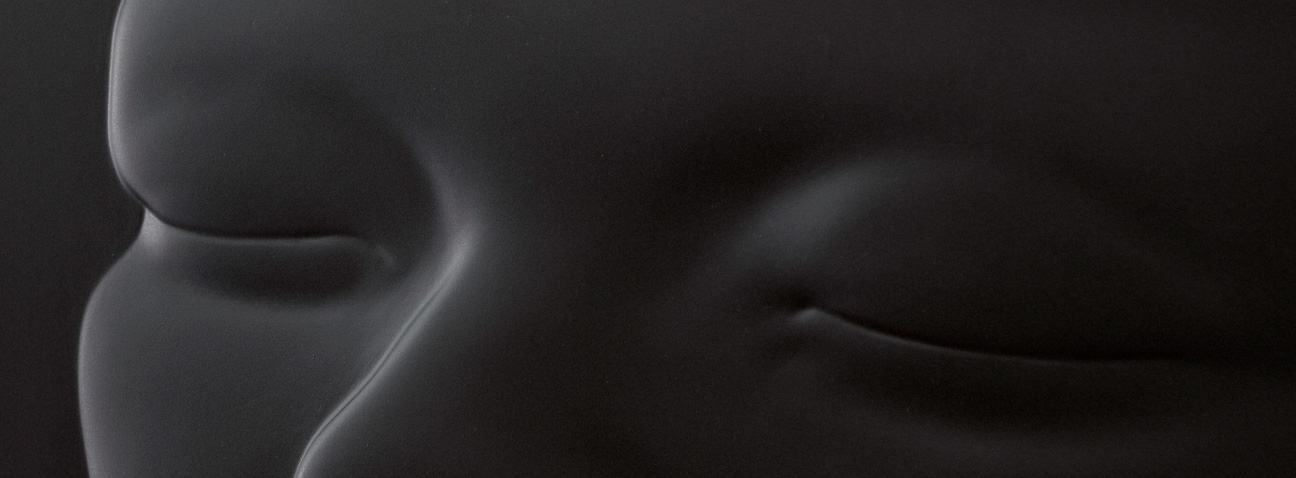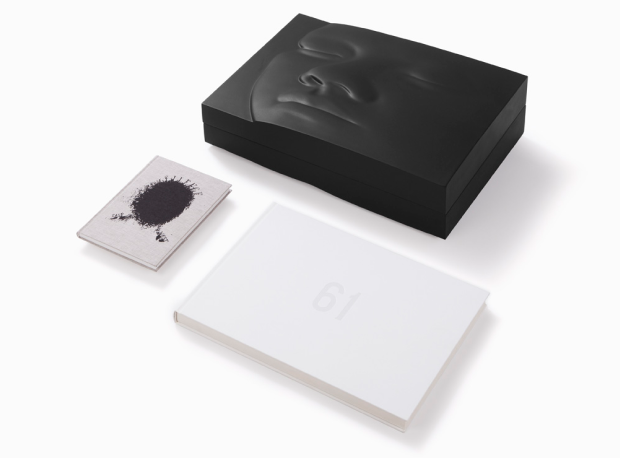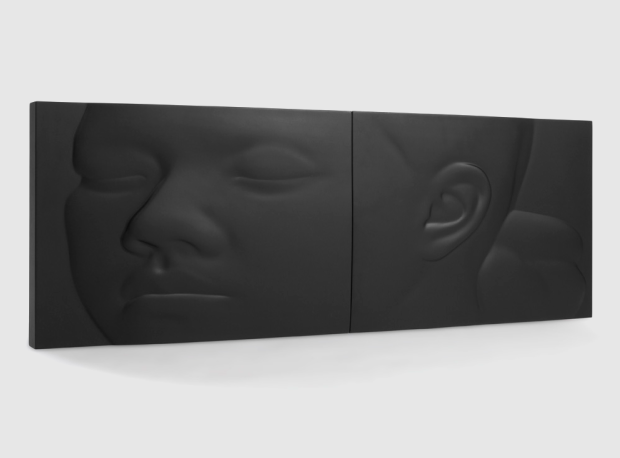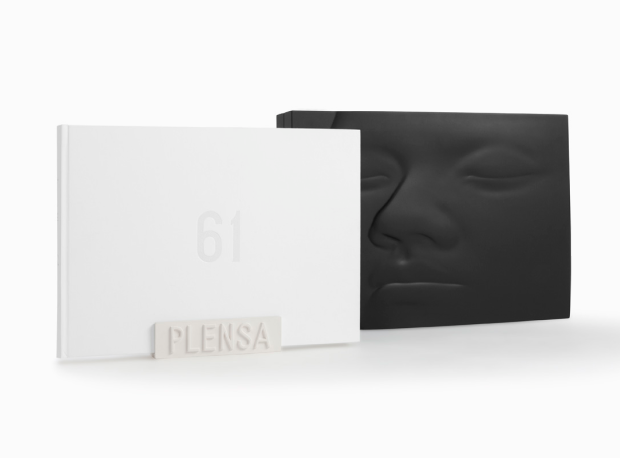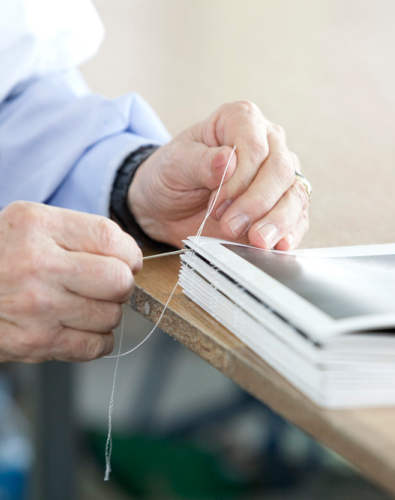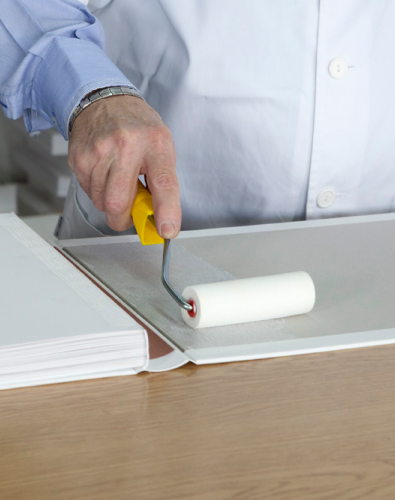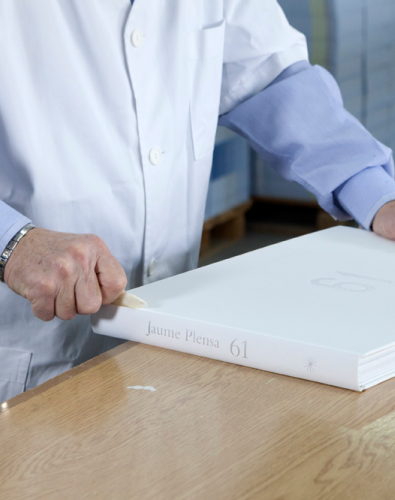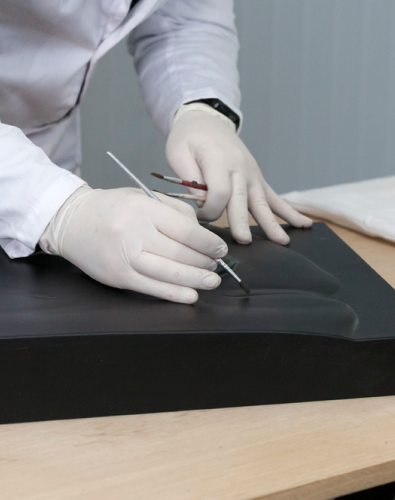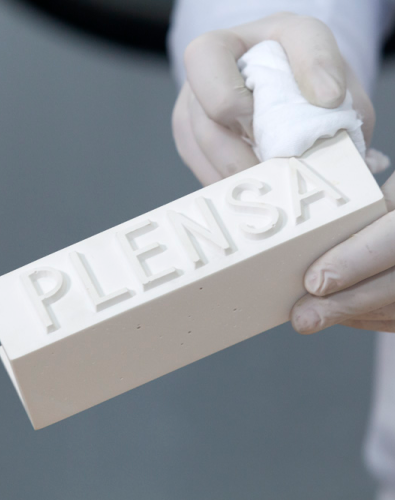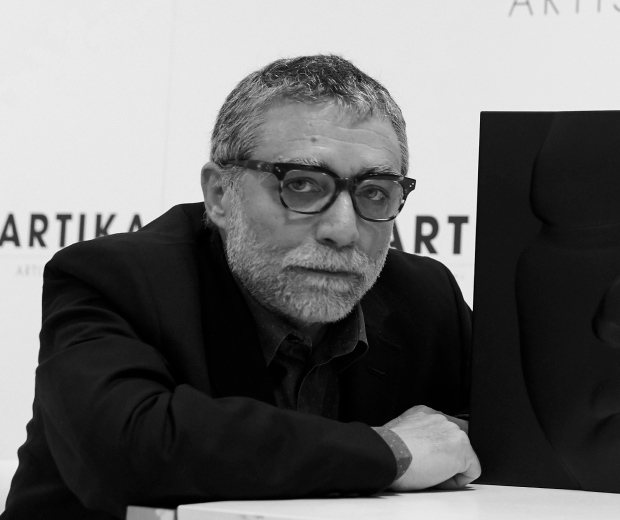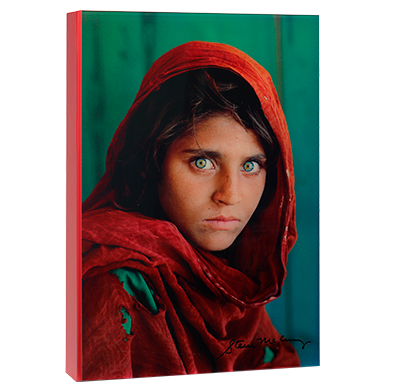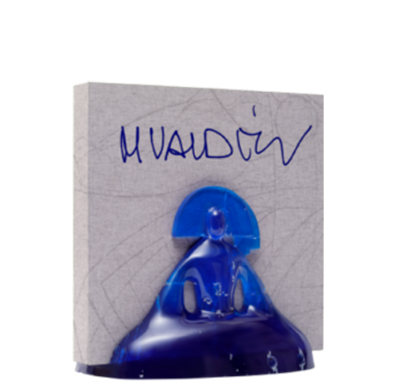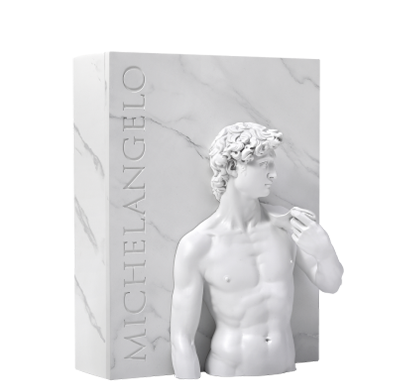Jaume Plensa considers the studio as an extension of his head, the place where ideas are born and where they become reality.
ARTIKA invites us to get to know the starting point of all his creations, the place where his ideas are generated and which is a testimony of his extraordinary work, through an artist’s book created in collaboration with Plensa. A numbered edition, signed by the artist and limited to 2,998 copies.
A numbered edition, signed by the artist and limited to 2,998 copies.
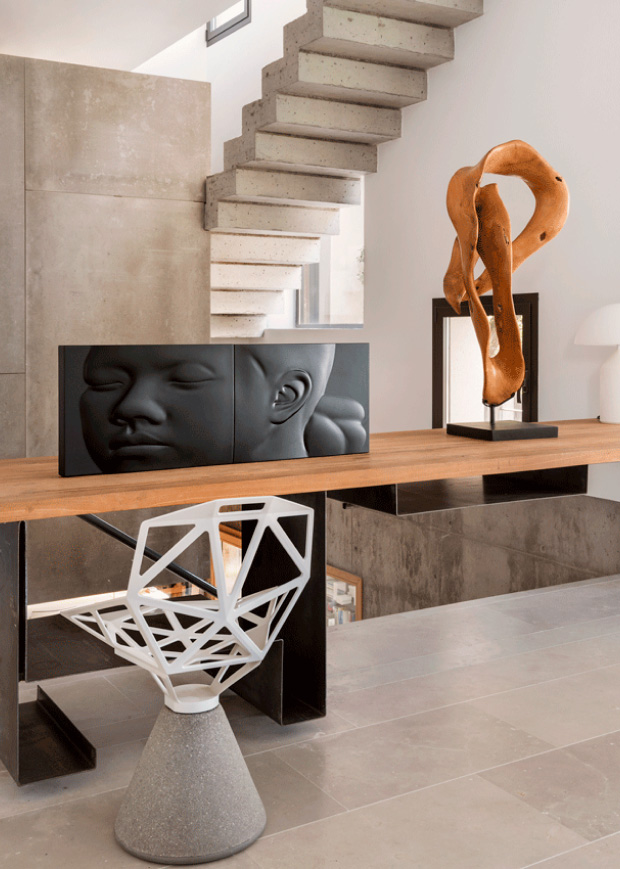
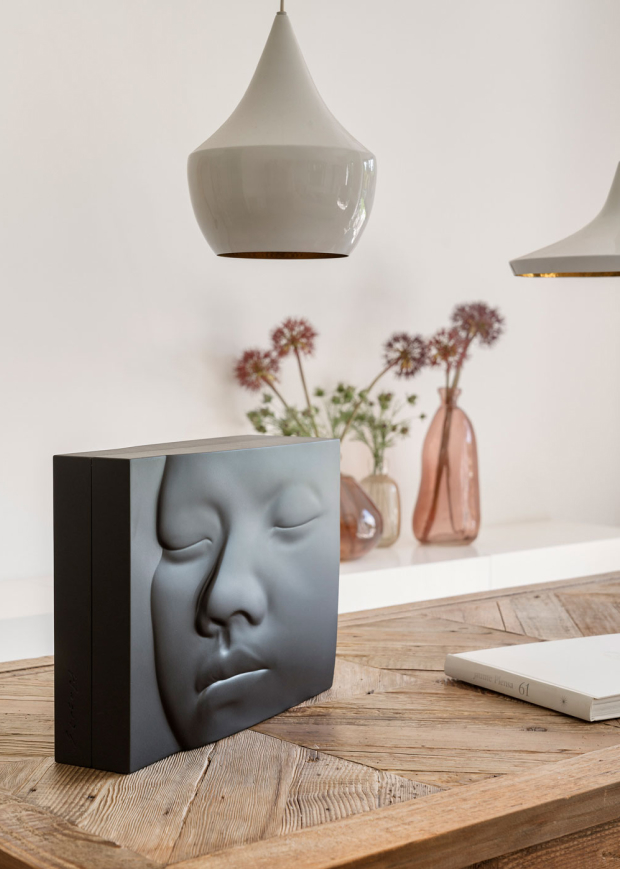
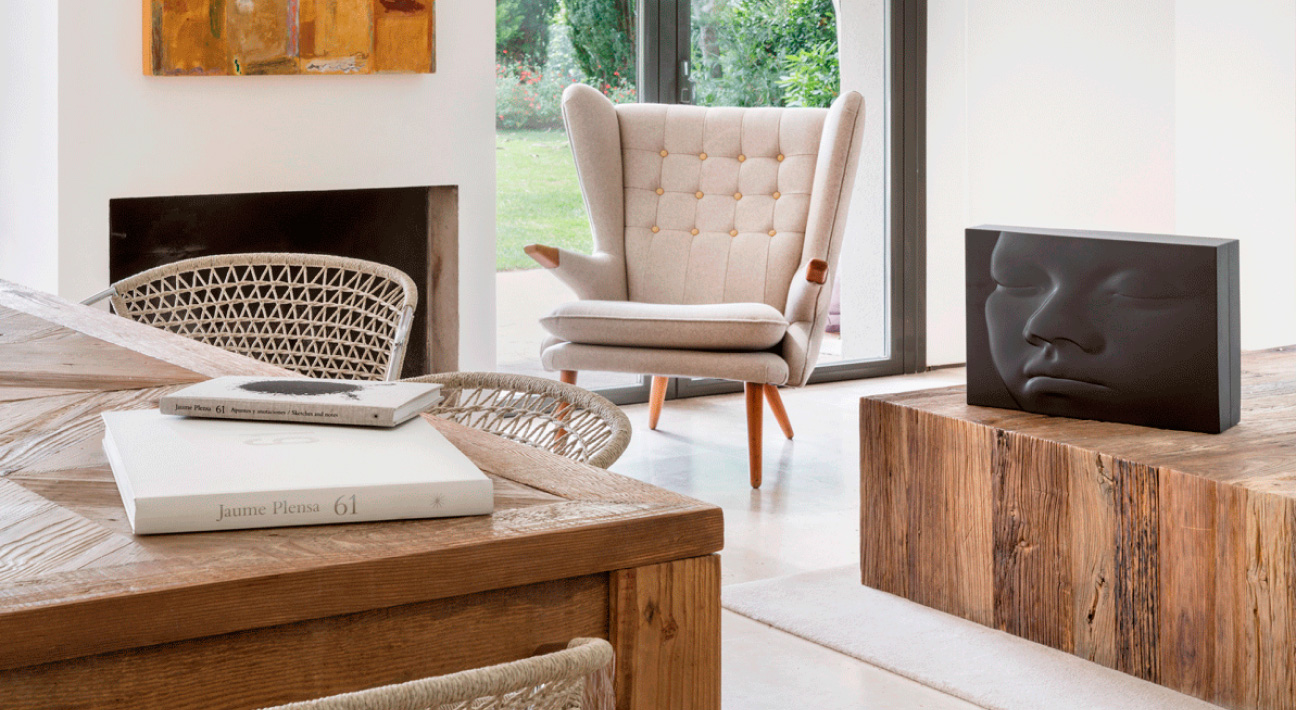
Inside it houses two volumes, giving us access to the artist’s most intimate world.
The Art Book unveils the creative process of the works, with unpublished images from Plensa’s personal archive and several reflections that have marked his artistic trajectory.
On the other hand, “Apuntes y anotaciones2, the Studies Book, constitutes a direct journey to the germ of ideas or to the most inaccessible part of the artist, through faithful reproductions of his notebooks.
TECHNICAL SPECIFICATIONS
CASE - SCULPTURE
- Case – sculpture made of molded rigid polyurethane with matte black mineral charge finish. Closes with neodymium magnets.
- Two bodies of 32 x 50 cm each.
- White jesmonite base with the artist’s name in relief.
- Approx. 15 kg (total weight of the work).
BOOK OF STUDIES
- The Book of Studies, constitutes a direct journey to the germ of ideas or to the most inaccessible part of the artist, through faithful reproductions of his notebooks.
- Cover in 135 g glossy coated paper printed in 4 inks plus matte lamination and matte silver stamping on the spine.
- Printed in 4/4 inks plus selective varnish.
- Flyleaves in Freelife Merida White paper 140 g and inside Tatami White 115 g.
- A total of 160 pages.
ART BOOK
- Uncovers the creative process of the works, with unpublished images from Plensa’s personal archive and several reflections that have marked his artistic career.
- Cover lined on Convon Senzo White CSE 4407 material, with transparent stamping on the front cover and matte silver on the spine.
- Flyleaves in 215 g Nettuno Bianco paper and inside in 170 g Tatami White. Sheets hand-sewn with cotton thread.
- Calligraphic hand numbering.
- Bilingual edition in Spanish and English.
- Weight
PRODUCTION PROCESS
OTHER COLLECTIONS
REQUEST INFORMATION
We will inform you about ARTIKA's works and news.

